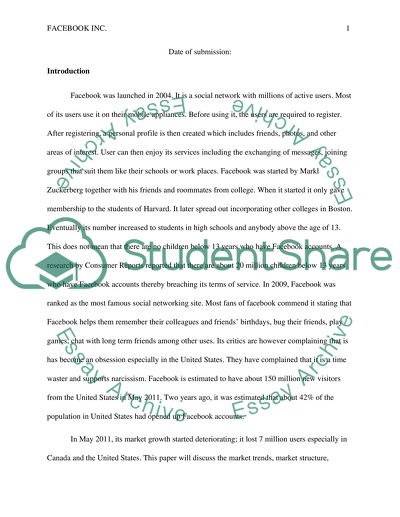Cite this document
(“Facebook Inc Term Paper Example | Topics and Well Written Essays - 3000 words”, n.d.)
Retrieved from https://studentshare.org/marketing/1401310-facebook-inc
Retrieved from https://studentshare.org/marketing/1401310-facebook-inc
(Facebook Inc Term Paper Example | Topics and Well Written Essays - 3000 Words)
https://studentshare.org/marketing/1401310-facebook-inc.
https://studentshare.org/marketing/1401310-facebook-inc.
“Facebook Inc Term Paper Example | Topics and Well Written Essays - 3000 Words”, n.d. https://studentshare.org/marketing/1401310-facebook-inc.


